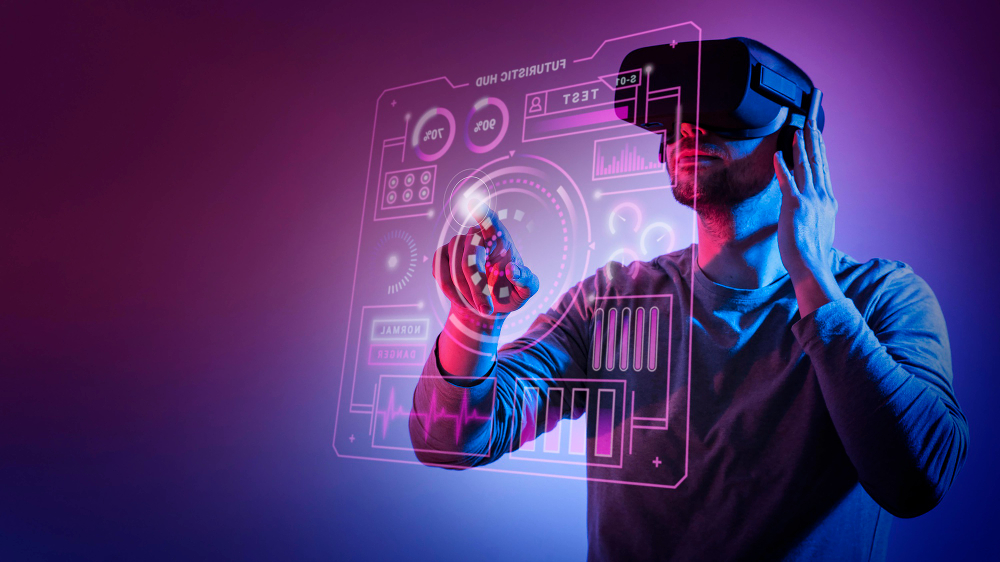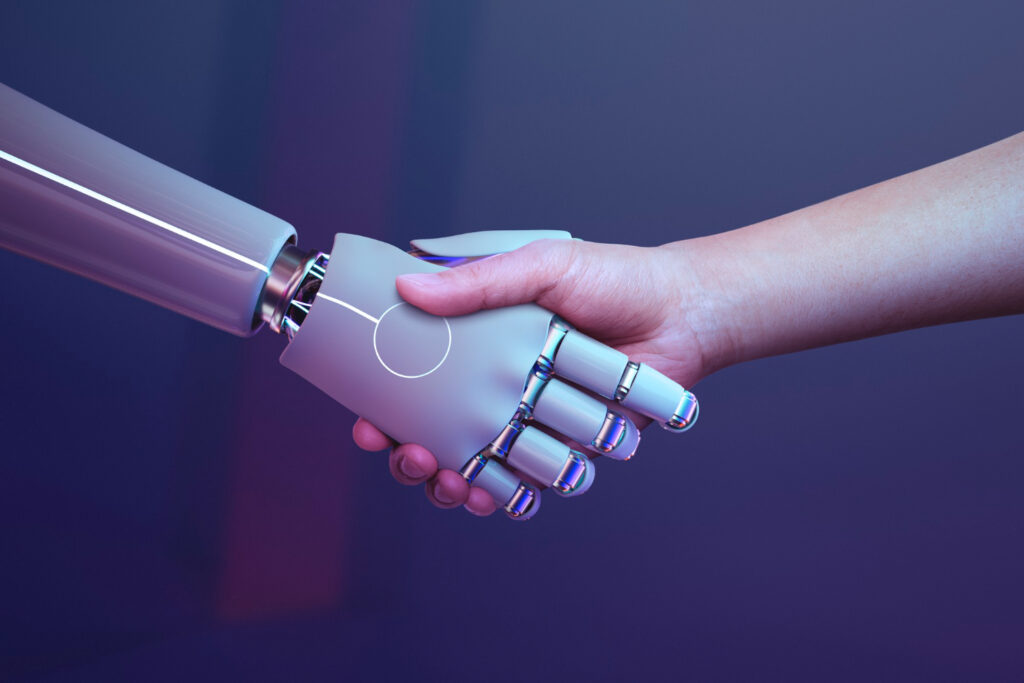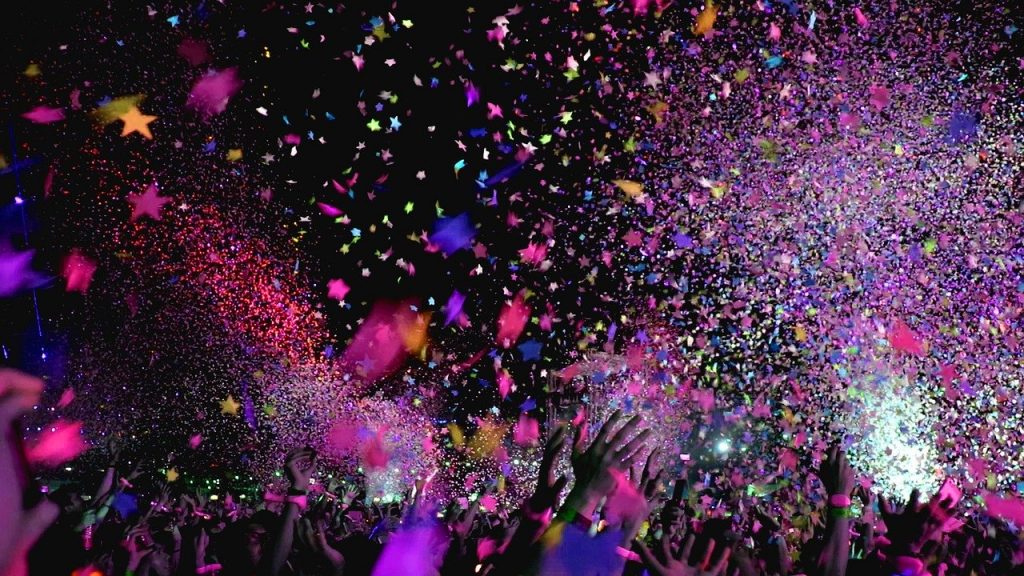
A Guide to the Practical Application of Artificial Intelligence for Theatremakers
Artificial Intelligence (AI) has become increasingly prevalent in various industries, including the creative arts. The theatre is no exception. The use of AI in the theatre can help enhance the audience’s experience and streamline the production process. Here’s a guide to the practical application of AI for theatremakers.
Enhancing the Audience Experience
AI can help enhance the audience’s experience by offering personalized and immersive experiences. For example, AI can be used to create virtual and augmented reality experiences, allowing the audience to interact with the production in new and exciting ways. ChatGPT and other open-source AI chatbots could be used AI can also be used to generate dynamic and responsive dialogue that adapts to the audience and the performance’s mood and tone, creating a more immersive experience.
Streamlining Production Processes
AI can also be used to streamline production processes, making it easier and more efficient to create a theatre production. For example, AI such as 3DFY.ai can be used to create digital 3D models of set designs, allowing designers to see and adjust their designs in a virtual environment. AI can also be used to analyze scripts and generate blocking and staging suggestions, reducing the time and effort required for directors to create their vision for production.
Creating More Accessible Theatre
AI can also help create more accessible theatre productions. For example, AI-powered speech-to-text tools like Otter.ai can assist in creating live captioning for deaf and hard-of-hearing audiences. Additionally, AI-powered text-to-speech tools like Murf.io can provide a detailed audio description of the production for blind and visually impaired audiences. These technologies can help make theatre more inclusive and accessible to a wider audience.
Potential Challenges and Limitations
Despite its many benefits, the use of AI in theatre production also comes with potential challenges and limitations. For example, the cost of implementing AI technologies can be prohibitive, making it difficult for smaller theatre companies to use these technologies. Additionally, the use of AI can sometimes be seen as a threat to human creativity and artistry, with some arguing that AI-produced theatre lacks the human touch and emotional resonance of traditional theatre productions.
Looking Ahead
The use of AI in the theatre can offer many benefits, including enhanced audience experiences, streamlined production processes, and more accessible theatre. While there are potential challenges and limitations to the use of AI, it’s clear that AI has the potential to revolutionize the way theatremakers create and produce their work. By embracing AI technologies and incorporating them into their productions, theatremakers can create more engaging, immersive, and inclusive theatre experiences for audiences of all backgrounds and abilities.






